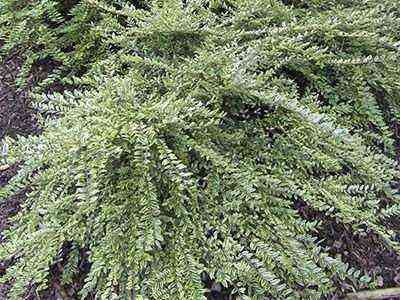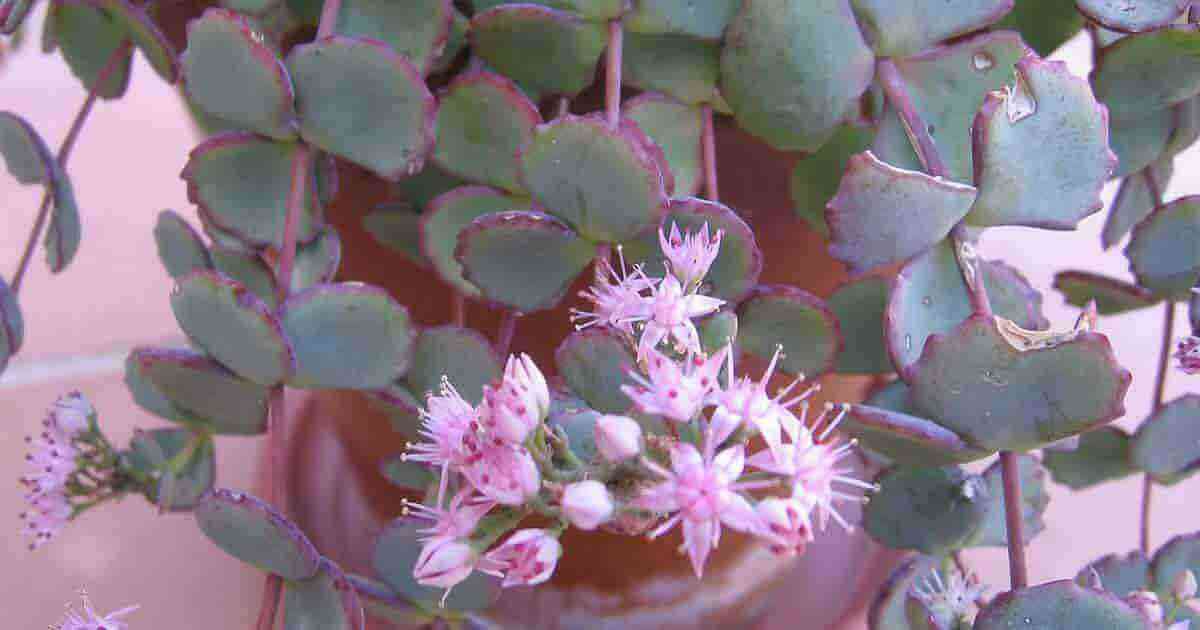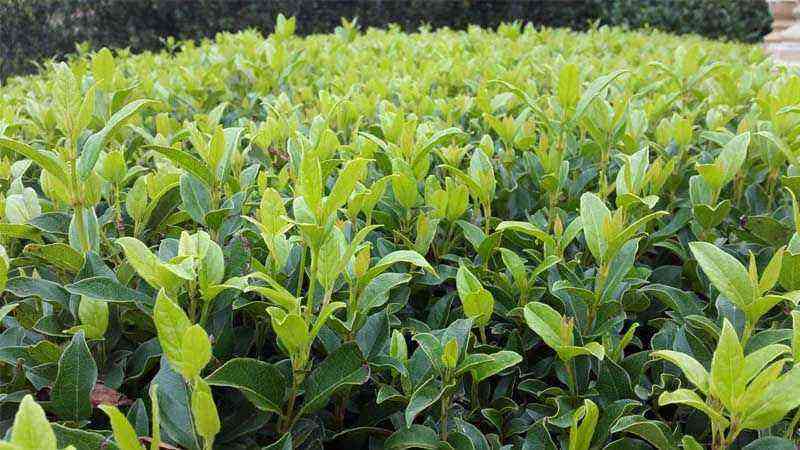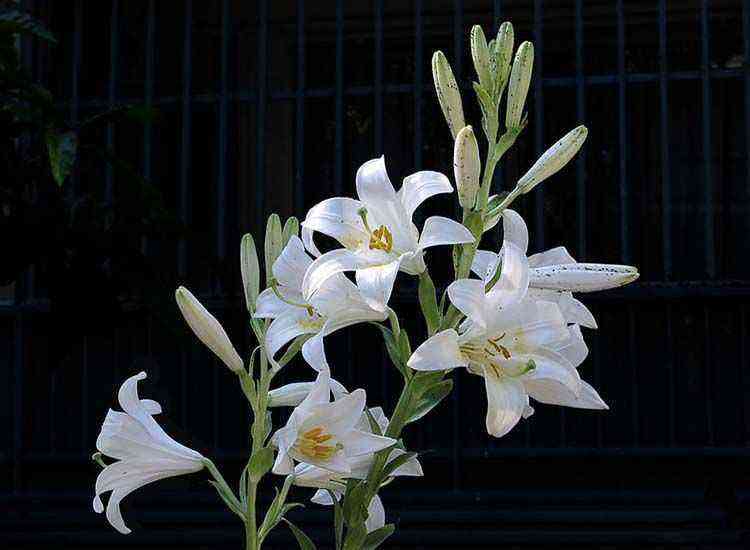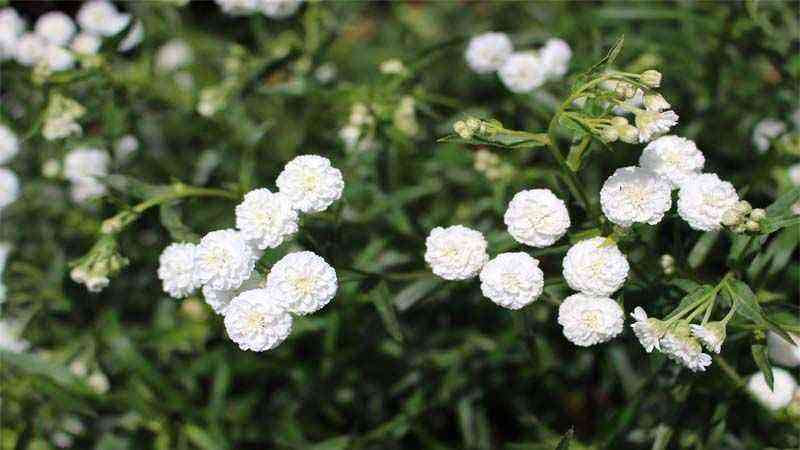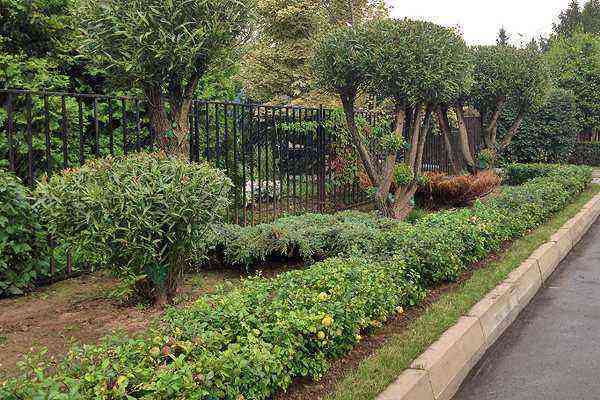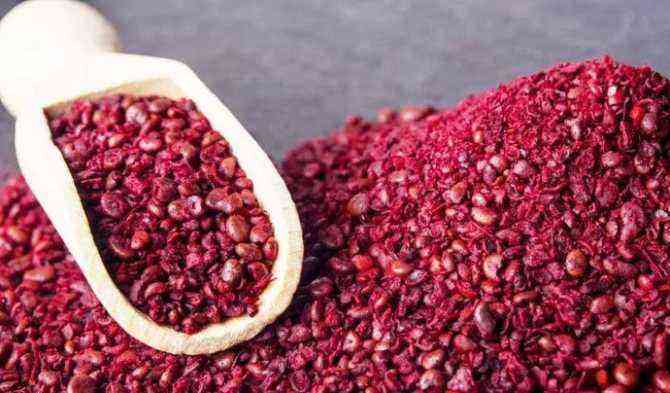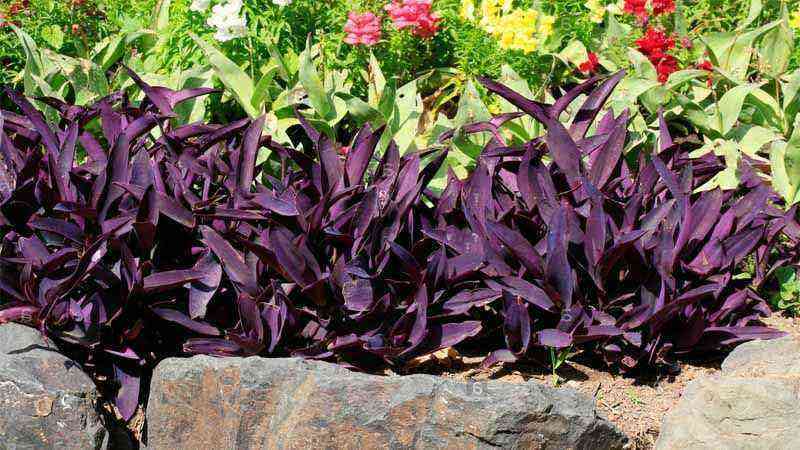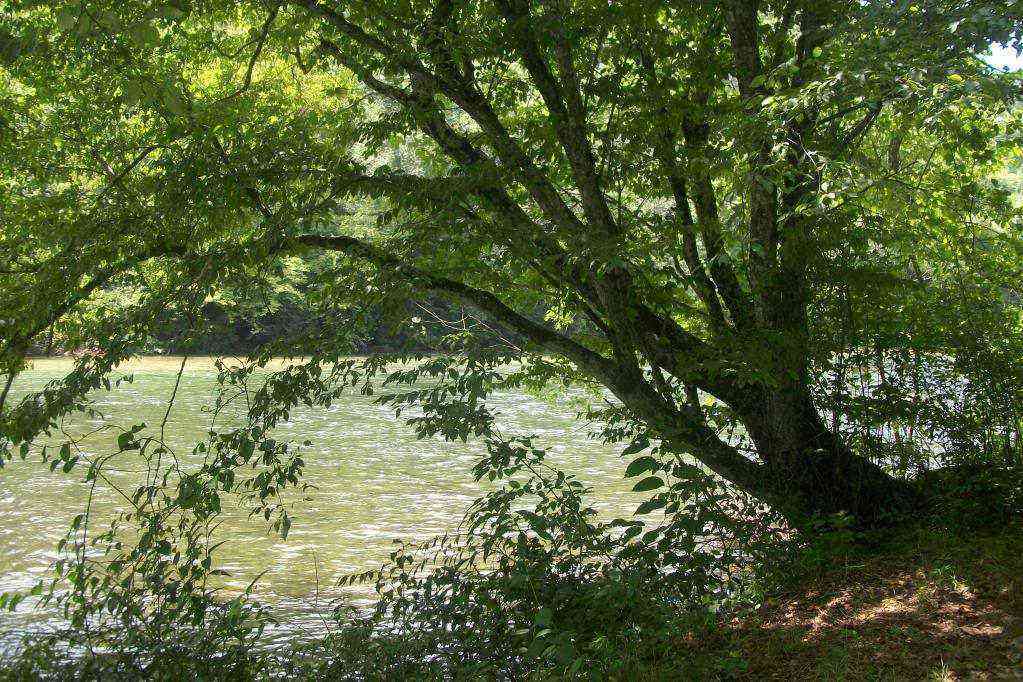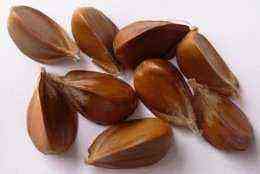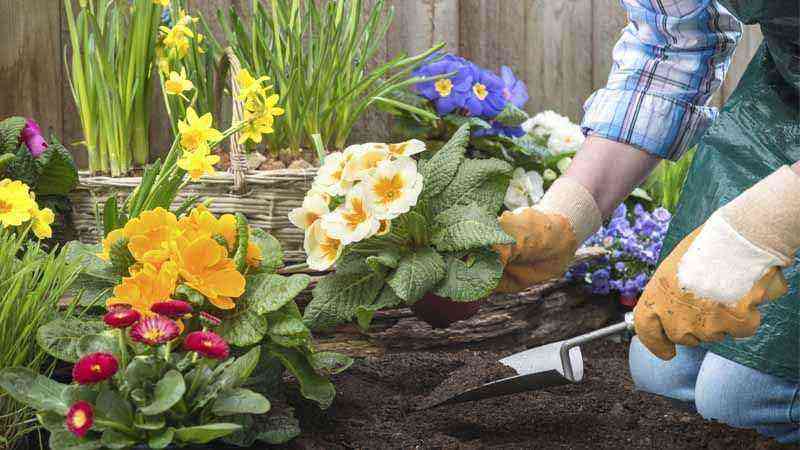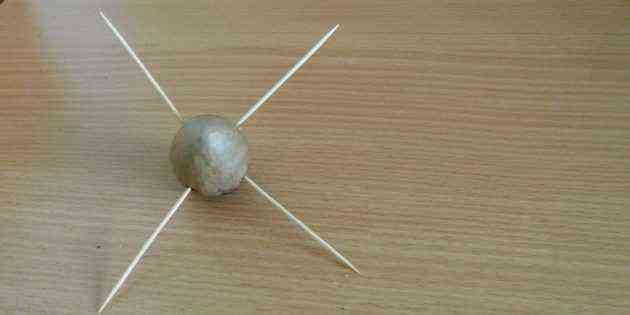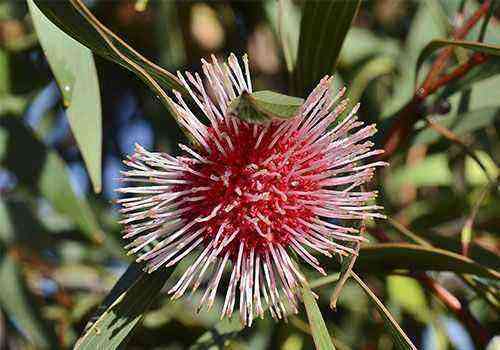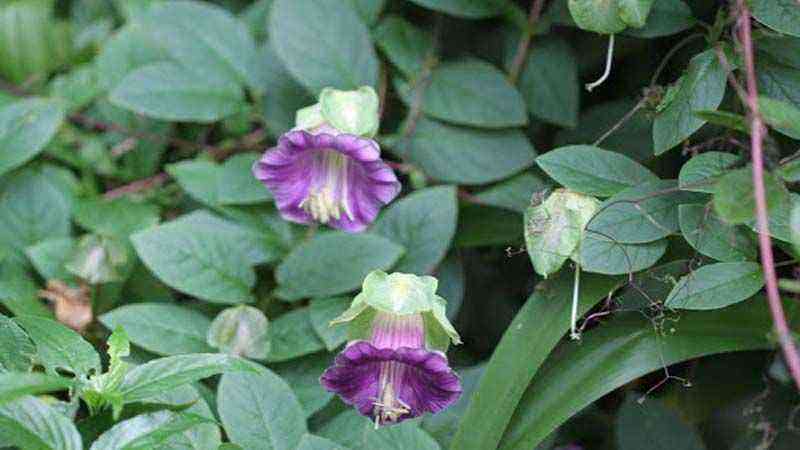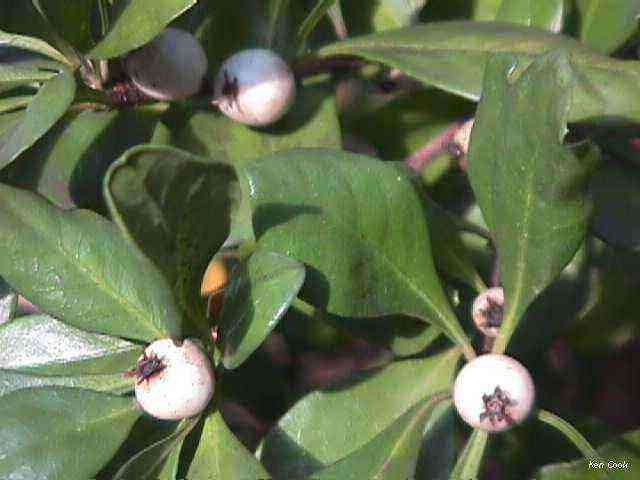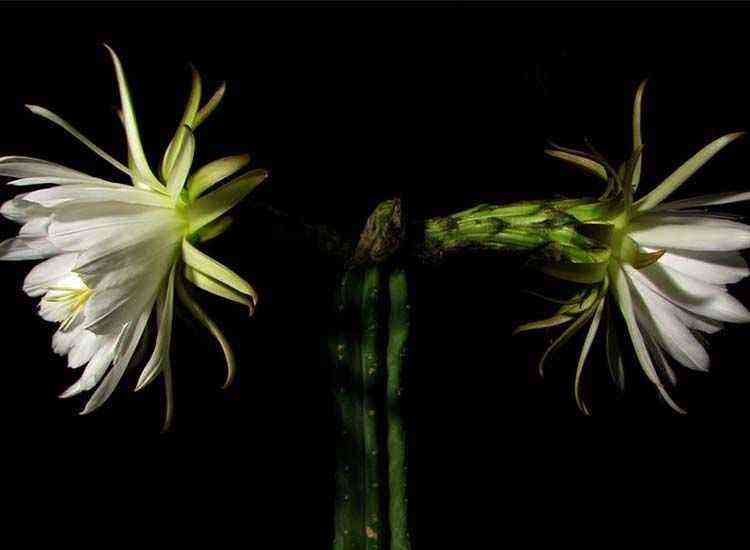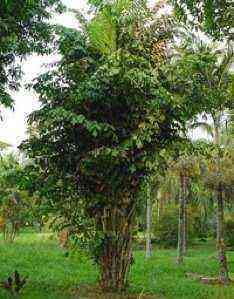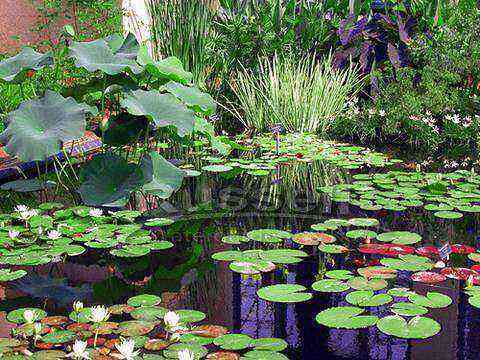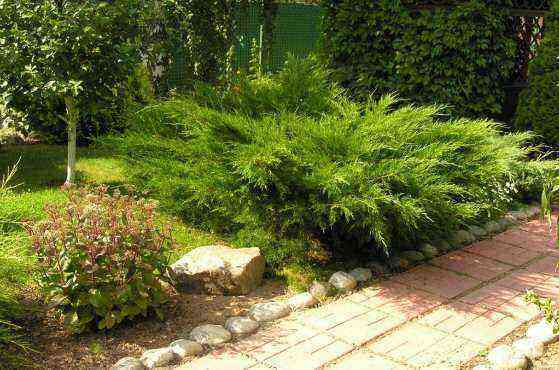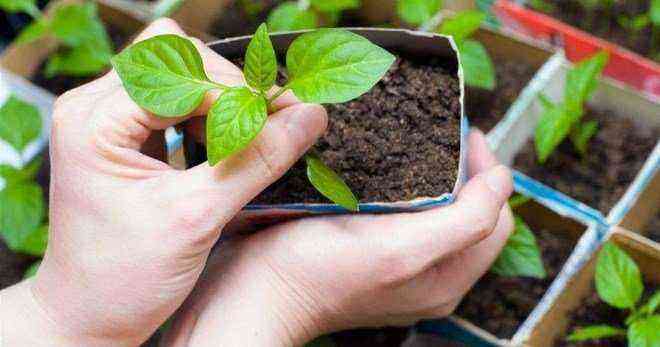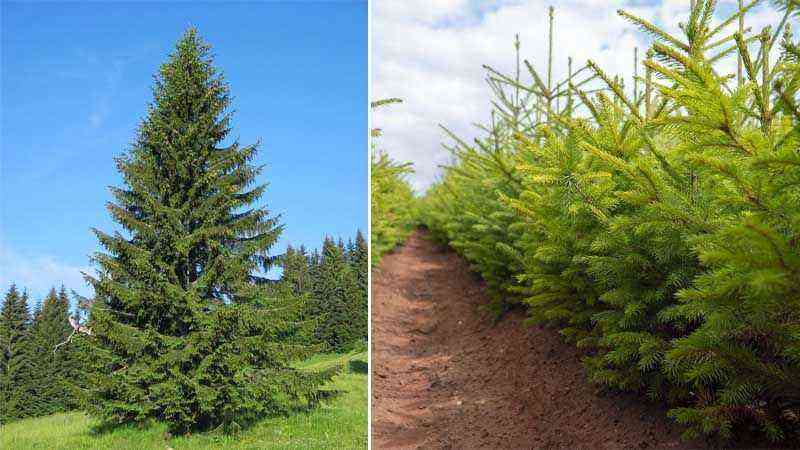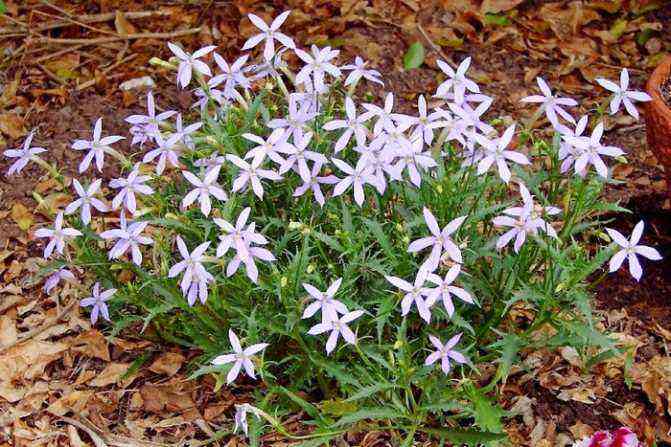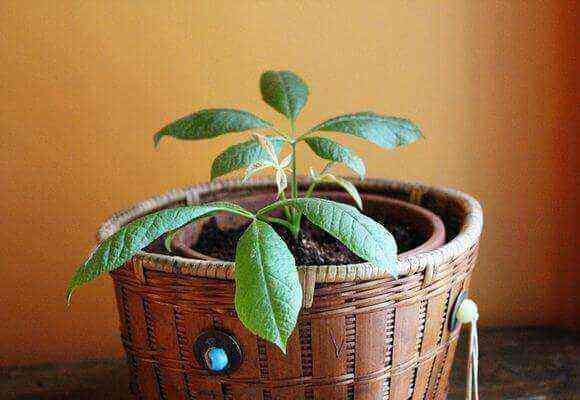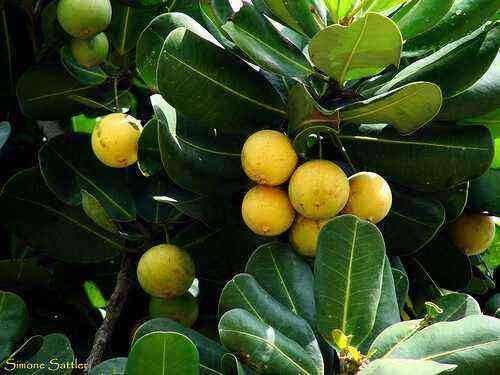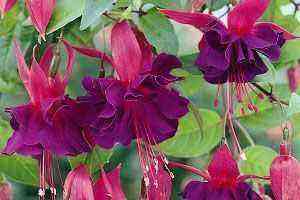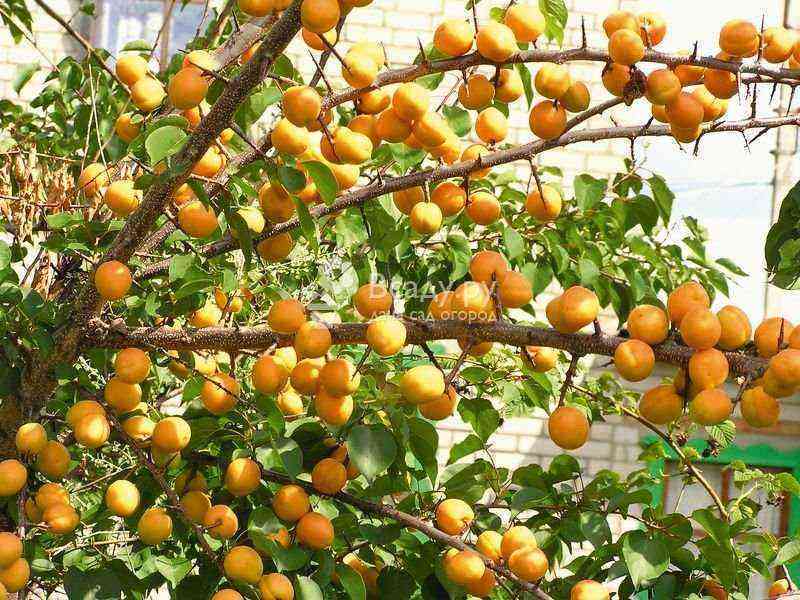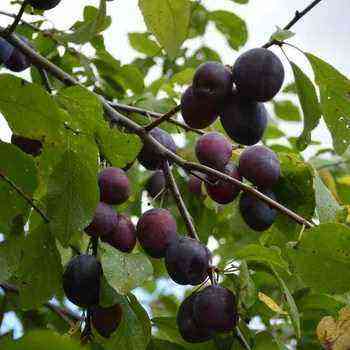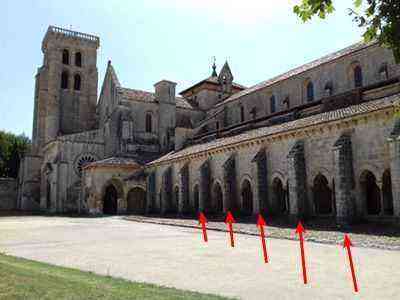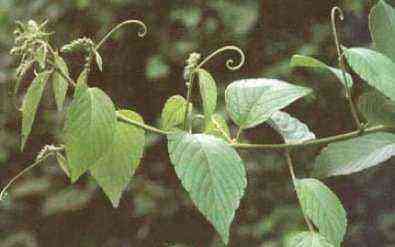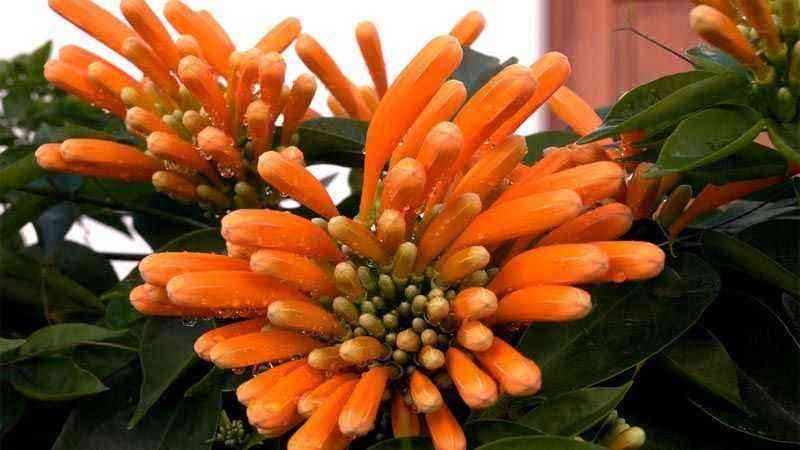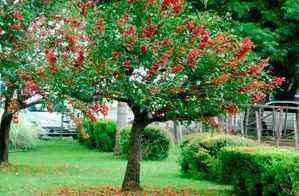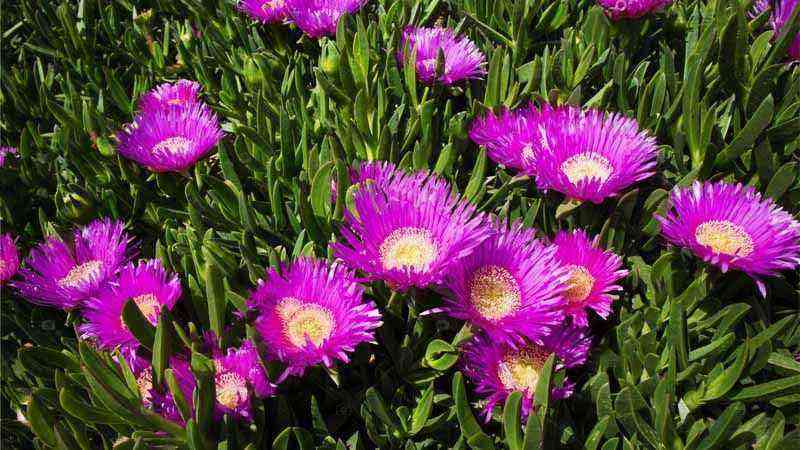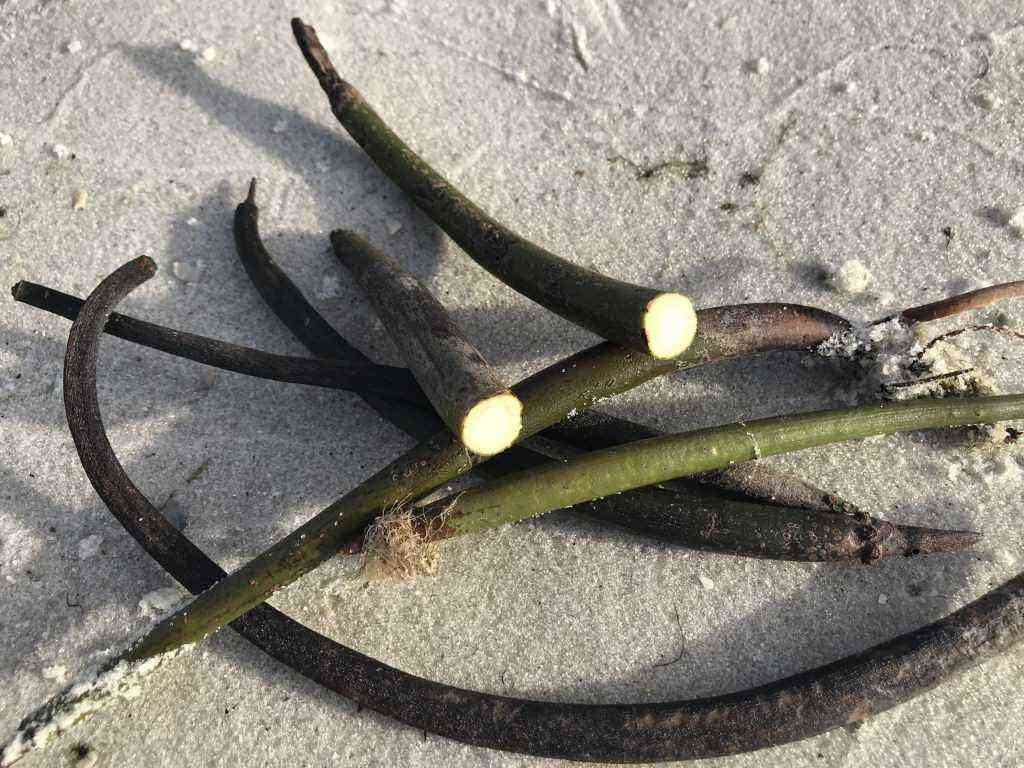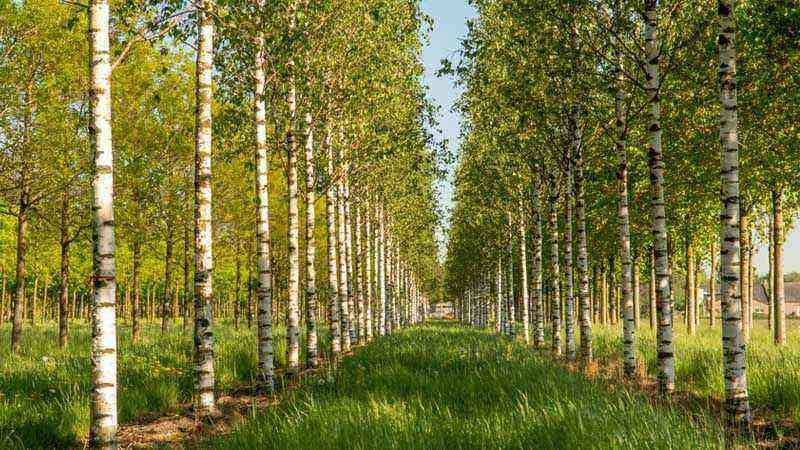You will have to take care of the plants all year round if you want your plantings to have an aesthetic appearance, develop correctly and bring a high-quality harvest. The topic of this article is how to care for trees. Here we go over the basics of care, rules and necessary activities for a good garden life.
Professional gardeners can provide the necessary care for your planting. We will create the ideal conditions for the growth and development of your garden!
Spring procedures
First of all, we define how to care for trees after winter. In the spring, a lot of important events are held:
- Remove insulation from boles;
- Cut off affected branches (frostbite or injured by pests that the gardener did not notice in the fall);
- Fertilize trunks;
- Spray plants against diseases and insects.
This is just the main part of how to care for your trees in the spring. Among other things, sometimes protective measures against insects are carried out in the garden: they install trapping belts (against caterpillars), build water barriers (from ants and beetles), hang bottles with sweet liquids on the branches (for catching flies and moths).
Be sure to dig up the trunk circles in early spring. this will help destroy pests that have successfully overwintered in the soil. Destroy the insulation in their homes – kill the insects.
Another important event included in the necessary care for plants is the whitewashing of boles. Before taking care of the trees in the garden, namely whitewashing, do not forget to clean the old bark from the stems.
By the way, it is advisable to carry out the procedure immediately after you remove the insulation from the trees. If the plant is injured (gnawed by hares or “beat” by the frost), treat the wound before cleaning the bark and whitewashing.
Our “garden healers” will help to provide first aid to the affected trees. We will restore your garden to health!
Pest and disease control
Plum is susceptible to many diseases and insect attacks. Clasterosporium is a fungal disease that affects leaves and branches. The first symptom is brown spots on the leaves. First, they become ulcers, and then break through the surface of the leaf. The lesion goes to the bone, affecting the fetus as a whole. Damp weather contributes to active distribution.
For prophylaxis, the branches must be tied, preventing its thickening. After falling off, the foliage is immediately peeled off and burned. Part of the soil is dug up. Sore areas of the tree are cut and disposed of. After flowering, after 15 -20 days, it is necessary to spray the plum:
- copper chloride;
- Bordeaux mixture solution (1%).
With moniliosis, the fruits turn brown, become soft, gray fluffy clots appear on the surface, with fungal spores. Prevention is identical to clasterosporium disease. Before flowering, plums should be sprayed with iron sulfate or Nitrafen.

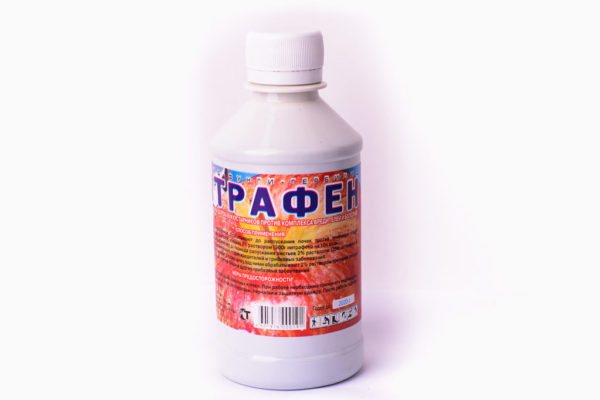
All cultures with a bone are susceptible to hommosis. In a diseased fruit, the bark expires with a light yellow or colorless drying resin. In cold weather, the shrub is most susceptible to this disease. The branches dry up and die. In the infected bark, germs that cause cancer develop. For prevention, branches and trunk should not be subject to mechanical injury. If there is damage, they are cleaned, processed:
- copper sulfate;
- petrolatum.
The infected bark and branches are removed. The diseased parts are rubbed with horse sorrel leaves. There should be 10 minutes between cleaning and grouting. In the end, everyone is treated with garden varnish.
Pay attention!
Rust is activated in July in the form of red spots on the leaves. They increase over time. The disease affects the tree so that it becomes weak, dies from frost. Leaves fly off ahead of time.
For preventive purposes, fallen leaves are removed on time. Before flowering, the bush must be treated with copper oxychloride. After removing the fruit, spraying with Bordeaux liquid is carried out.
Fruit rot appears in mid-July as soon as the fruit begins to grow. First, dark spots appear, then light gray pads with fungal spores. They are arranged in circles over the fruit. Prevention is the destruction of plucked infected fruits. In this case, Bordeaux liquid will help.
Plums are susceptible to a wide range of diseases, however, with proper care, problems can be avoided.
Summer Care
Now let’s talk about how to properly care for trees in the summer. There are several important procedures here:
- Watering. Do not allow the soil to dry out, especially for plantations that are sensitive to moisture deficiency.
- Tracking the emergence of danger and its elimination in the early stages. Here we are talking about insect attack and disease. If you find a sick fruit bearing or “infected” with insects in the garden, immediately start treatment and extermination. At the same time, it is necessary to process with special means not only the affected tree, but also those adjacent to it.
- A must-have job on the list of how to care for fruit trees is timely feeding of the garden. Monitor your planting status. If there is a deficiency of any trace element, feed the tree with it. In the summer, foliar feeding is most often carried out, that is, through the foliage. This is the fastest way to saturate the tree with missing substances.
And one more important and at the same time pleasant paragraph on how to care for fruit trees – harvesting early varieties. In this case, you need not only to collect all the fruits and berries, but also to remove the fallen ones and burn them. Do not breed rot on the site – it contributes to the development of many diseases, attracts insects, and in addition, spoils the whole aesthetics.
Transfer
The need for transplanting arises at a time when the tree has not been bearing fruit for several years in a row. This happens if the seedling is originally planted in the wrong place. It is advisable to place the plum next to its other varieties, cherry plum or cherry.
The plum should be replanted with suitable conditions:
- Sufficient light.
- The correct timing for planting and replanting – the snow has melted, and the ground has warmed up. Better to transplant to a hill immediately after the leaves fall.
- The soil is prepared in October.
- The tree is placed in a hole and covered with earth so that the root collar is exposed. The trunk is dug in 70-80 cm from the trunk and filled with water. Drainage and feeding are added.
- The near-trunk circle is covered with sawdust. The seedling is tied to a support buried along with the tree.
- With a late transplant, the soil is mulched. In colder latitudes, it is necessary to cover the landing.
Plum does not like “moving”. They will get used to the conditions for a long time and will not bear fruit for several years.
Autumn work
Now we will tell you how to care for trees in the fall. There is nothing difficult here. Again, here is a list of the necessary measures:
- Top dressing for the winter;
- Harvesting;
- Sanitary pruning;
- Cleaning in near-trunk circles and loosening them;
- Bark cleaning and whitewashing;
- Installation of heaters to increase frost resistance.
These are standard procedures for vigorous, medium-sized and dwarf plants; the “columnar plants” have their own peculiarities in their care.
Let’s consider, how to care for columnar trees for a successful winter. In fact, the rules of care do not change – everything is according to the list, but these plants will need to insulate the trunk circle. The fact is that the root system of columnar trees is close to the surface of the earth. The frozen soil will certainly harm the roots, they will get frostbite and the mini-tree will die. It is advisable to huddle the plant with earth or sand.
Our gardeners will take care of your garden. They not only know how to care for a dogwood, apple, cherry, pear, etc. tree, but also know how to do it quickly and efficiently at a fairly low price!
Whitewashing plums in spring
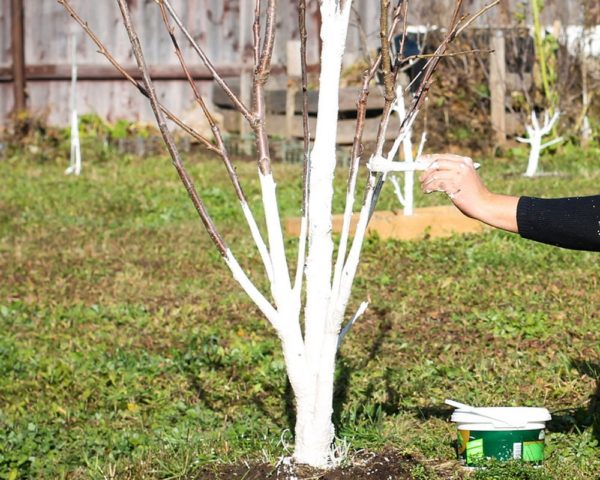
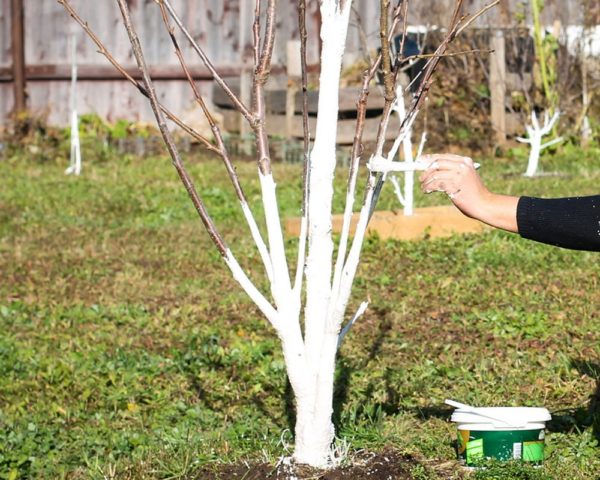
Plum treatment in spring includes whitewashing. It protects against burns, protects against untimely budding, which is important in cold weather. Will destroy the eggs of insects that hibernate under the bark. The whitewash contains latex and white pigment. For preparation, the dry substance is diluted with a coloring pigment and diluted with water.
How to whiten:
- Cleans the near-trunk circles by removing the earth from the trunk.
- The stem and the lower part of the branches are painted to the height of the hand (where it can be reached, but no further than 2 m).
- After drying, the trunk is sprinkled with soil.
The work is carried out after the trunk is completely dry on a sunny day.
Winter labors
In the winter season, plants also need the care of the owner. Let’s figure out how to care for trees in winter. In fact, there is nothing complicated here. The gardener will have to periodically inspect the garden. So what to look for:
- Protective agents against pests. If the defensive fur coats on the boles are gnawed by mice or hares, do not be too lazy to fix this problem. Wrap the bole again with roofing felt or tar paper. This way, you will avoid frostbite and further eating of the bark by rodents.
- Check all the places where you have placed poisonous mouse baits. If you haven’t found a mouse treat, add a new one.
- A mandatory measure in how to care for trees in the country is the timely shaking off of snow from the branches. The thicker the snow bed, the more likely it is that branches will break off under the weight of the snow during melting. It is better to shake off the snow in advance than to then chop up the broken branches for firewood for barbecue. Although, here – who has what priorities
Features of care
So, we have already told the basics of care. Now let’s figure out some of the nuances depending on the type of fruit bearing. There are certain activities that are extremely important for a particular plant.
- Consider first, how to care for cherry trees. This plant species is highly sensitive to soil acidity. Cherries and sweet cherries feel good only on soils with neutral acidity. That is why the soil is often lime before planting. Over time, the acidity may increase again, therefore, when fertilizing the soil (a mandatory measure), it is sometimes worth adding a little lime along with the flavoring compounds.
- Now let’s answer the question: how to care for a peach tree? There is actually nothing complicated here. The procedures are the same as in other gardens. But! Peach is highly sensitive to moisture deficiency. If the plant cannot get enough water, it bears worse fruit, while the fruits look sluggish, they have no juiciness. Sometimes they frown. Therefore, peaches, unlike other plant species, have to be watered much more often.
- Next, let’s figure it out how to care for an apricot tree, more precisely, in the characteristics of this particular plant. Actually caring for him is like a peach. You also need periodic watering. However, the apricot tree has one more small feature – sometimes you have to thin out the ovaries. At first glance, overloading the plant with fruits is a good prospect, as a result a lot of crops will grow. But its quality will be too low. As practice shows, the ideal ratio of fruits and leaves is 1:20.
- And the last thing worth mentioning: how to care for conifers. In principle, they do not require special care in comparison with fruit-bearing plants: they drink less water, tolerate severe winters well, and are not particularly demanding on soils. However, they are affected not only by diseases and insects, but also by their pets. Conifers are especially fond of dogs, they cannot resist and not mark “their” tree. Everything would be fine, only their “marks” have a bad effect on the growth and development of the plant. We advise you to plant leafy bushes around your favorite plant (the larger the leaves, the better), which will serve as an obstacle for animals. If neighboring animals like to run to your site, sprinkle the area near the ephedra with pepper – this is a harsh method, but very effective.
Now you know how to care for trees. You can find more detailed information about each process on other pages of our website.
CONNECT WITH US
How to feed plums in spring
You can increase the yield with the help of prepared nitrogen. To isolate it, 10 g of urea is added to 20 liters of water and mixed. It is necessary to spray the plum with this solution in the spring against diseases and pests. Organic solutions are helpful.
Manure is prepared like this:
- 10 g of wood ash is added to 200 kg of raw materials;
- to the mixture – 60 g of superphosphate;
- last, add 20 g of potassium and urea salt.
The proportions are enough for 1 m2 of land.
Separately, the benefits of urea are isolated. It is introduced during flowering, before the fruits begin to ripen. At this time, add 20 g of urea per meter of soil. The next top dressing is carried out in a year, in May. Usually, use humate (3 tablespoons) or 20 g of superphosphate or potassium sulfate. One bush spends 35 liters of liquid.
On a note!
Ash is useful. It is added dry by digging a hole that is the same size as the crown.
The depth of the hole is 15 cm. 2 kg of ash (for an adult plant) is added there and sprinkled with earth. Ash is also added in dissolved form. Water is poured into the substance and stirred. In advance, grooves are made around the roots and the solution is poured. For one tree, spend 1 liter of solution. It is necessary to fertilize the soil with carbonates. For this, they purchase lime flour or crushed dolomite. Flour helps protect plums from diseases and pests.

